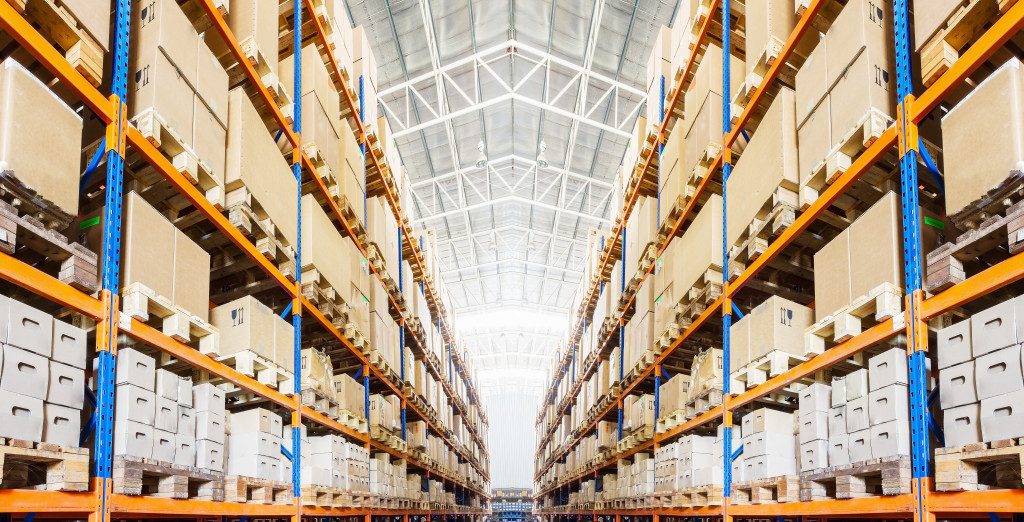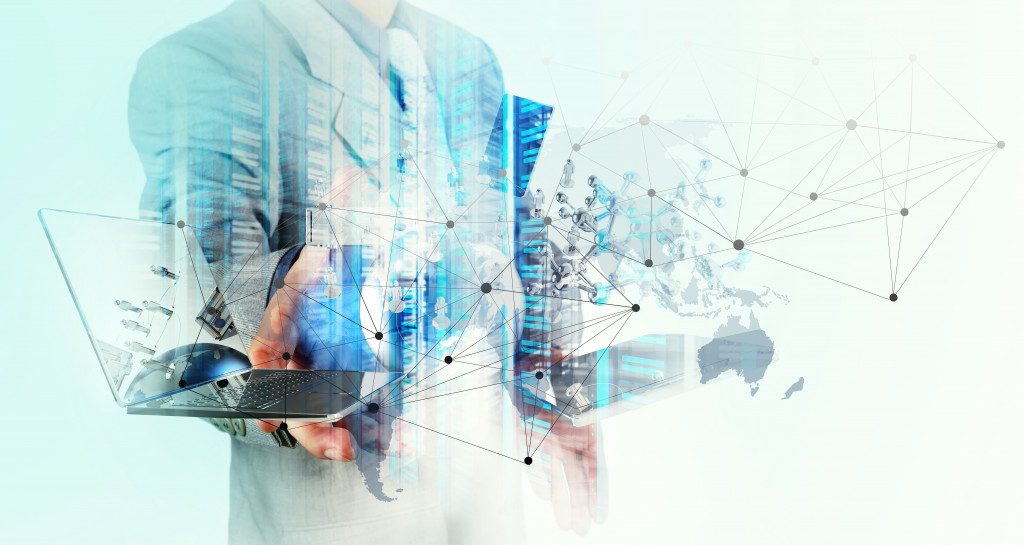- Efficient logistics management, encompassing packaging, transportation, and warehousing, is crucial for business profitability.
- Maintaining optimal inventory levels and managing reverse logistics effectively can reduce costs and prevent lost sales.
- Investing in technology like Warehouse Management Systems, Transportation Management Systems, and supply chain analytics can streamline logistics and cut costs.
- Understanding logistics costs and leveraging technology can provide businesses with a competitive advantage in the fast-paced market.
In the world of business, logistics play a huge role. From shipping goods to managing inventory, logistics is critical for any business to run effectively. However, not many businesses have a clear understanding of the cost of logistics and the impact it can have on their bottom line. This blog will dive into a few key things businesses should know about the cost of logistics and how it can affect their overall profitability.
Packaging Costs
One of the most common costs associated with logistics is packaging. Packaging refers to the materials and design used to protect and transport goods. This cost includes items such as boxes, tape, labels, pallets, and any other supplies needed to package products for shipping. Packaging costs can add up quickly, especially for businesses that ship a large volume of products.
You can lower these costs by partnering with a reliable packaging company that specializes in box manufacturing. They can provide you with cost-effective solutions and even offer customized packaging options that can reduce waste, improve shipping efficiency, and enhance brand recognition. They might also be able to assist in creating packaging designs that are both attractive and practical, helping to create a memorable unboxing experience for customers.
Transportation Costs
Transportation is one of the most significant expenses in logistics. The cost of shipping goods can vary greatly depending on the mode of transportation, distance, and other factors. Choosing the most cost-effective transportation option can help businesses save a significant amount of money. By analyzing shipping routes and making strategic choices, businesses can reduce their transportation costs and improve profitability.
Warehousing Costs

Storage is another critical aspect of logistics. Warehousing costs include rent, utilities, and labor costs associated with maintaining a warehouse. By optimizing inventory and utilizing space efficiently, businesses can reduce warehousing costs. Investing in technology to manage inventory and automate processes can further help reduce these costs while increasing efficiency.
Inventory Costs
Inventory management is crucial to any business. Holding too much inventory can lead to unnecessary expenses, while not having enough inventory can result in lost sales and dissatisfied customers. Companies can minimize inventory costs by keeping track of demand patterns and partnering with reliable suppliers to ensure they always have the right amount of inventory on hand.
Reverse Logistics Costs
Reverse logistics is the process of managing returned goods and products. This is often overlooked by businesses, but it’s a critical component of logistics. Handling returns and managing defective products can be costly. Businesses can reduce these costs by implementing a more efficient returns process and finding ways to resell, recycle, or dispose of returned products.
Technology Costs

Investing in technology can help businesses streamline their logistics processes and reduce costs. There are various options available. These four are the most important ones you need to invest in:
Warehouse management systems
Warehouse management systems (WMS) can help businesses keep track of inventory, optimize storage space, and automate processes. By investing in a WMS, businesses can reduce labor costs and improve overall efficiency.
Transportation management systems
Transportation management systems (TMS) allow businesses to plan and execute transportation strategies effectively. These systems can help companies identify the most cost-effective shipping options and manage routes efficiently, resulting in cost savings.
Inventory management systems
Inventory management systems can help businesses track inventory levels and forecast demand accurately. These systems can also identify slow-moving products and help reduce storage costs.
Supply chain analytics tools
Supply chain analytics tools allow businesses to analyze data related to logistics, such as transportation costs, inventory levels, and customer demand. By leveraging this data, companies can make informed decisions to optimize logistics processes and reduce costs.
While technology can be expensive, the long-term savings and benefits can justify the investment. Choose wisely and invest in technology that aligns with your business goals and can provide a significant return on investment.
Understanding and managing the cost of logistics is pivotal for any business aiming towards sustained profitability. Expenses related to packaging, transportation, warehousing, inventory, reverse logistics, and technology all play a role in the overall logistics cost. Businesses can significantly reduce expenses and increase their bottom line by identifying these costs, optimizing processes, and leveraging technology.
Remember, an efficient logistics system is a cost-saving mechanism and a competitive advantage in today’s fast-paced business environment. Invest wisely, choose reliable partners, and utilize modern tools to ensure your logistics processes are as cost-effective and efficient as possible.


